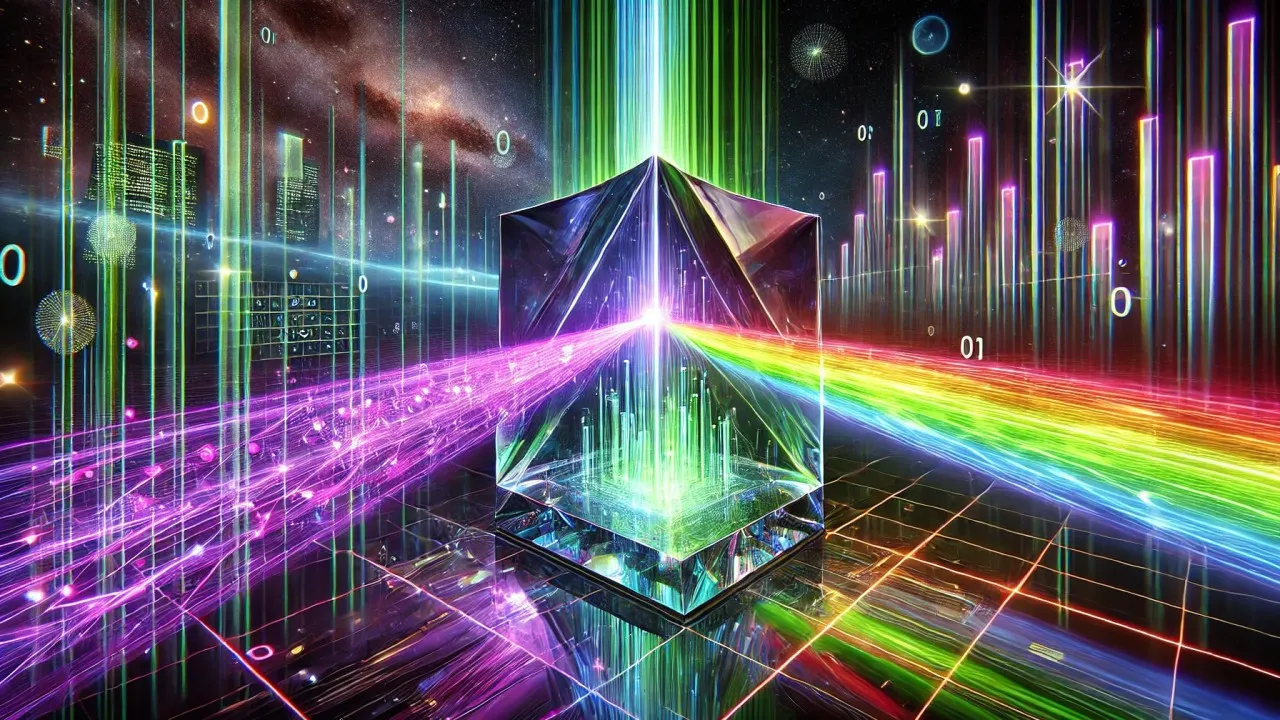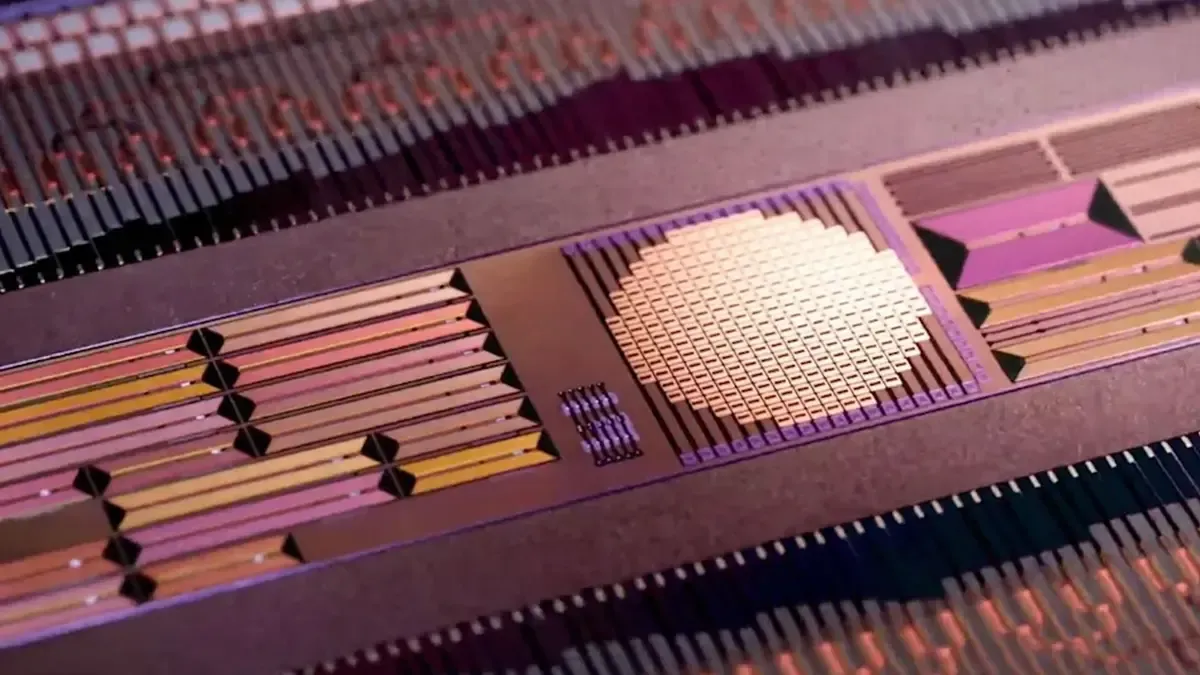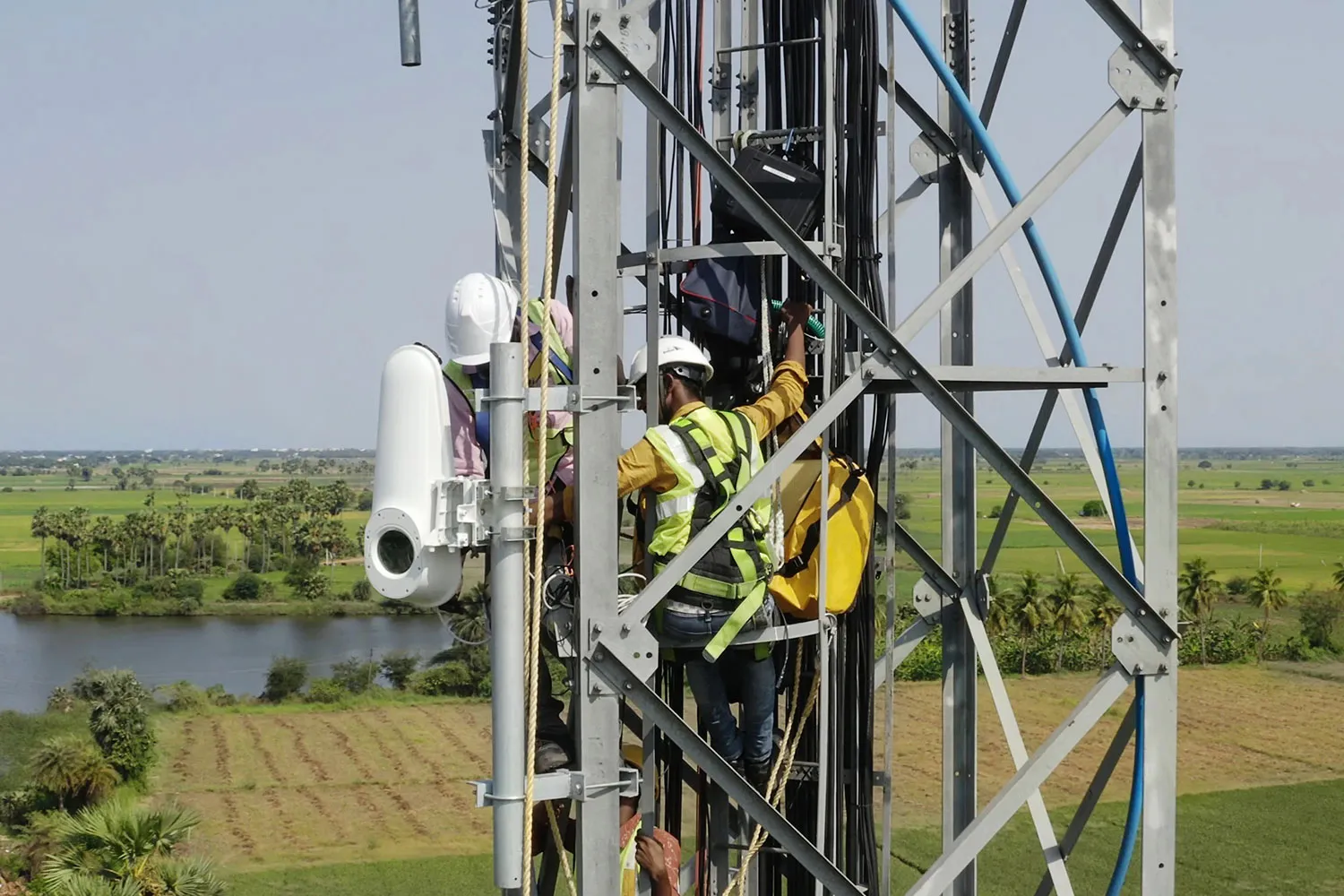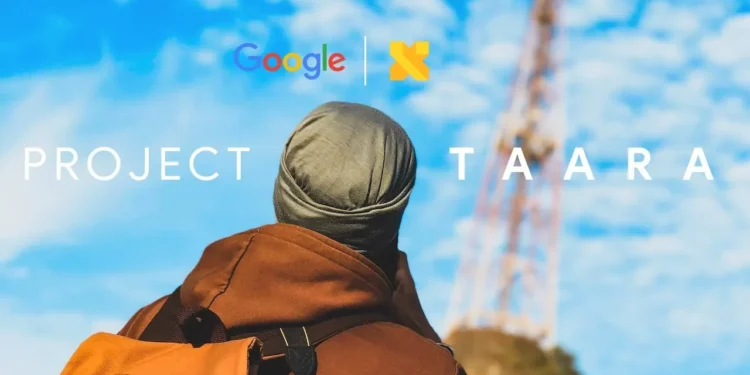In a world increasingly driven by the need for faster and more reliable internet connectivity, Google has once again positioned itself at the forefront of technological innovation. With its groundbreaking Taara project, Google is set to revolutionize how we access the internet by utilizing beams of light to transmit data. This innovative approach promises to not only enhance connection speeds but also significantly reduce the infrastructural costs associated with traditional internet delivery methods.

The Mechanics of Light-Based Internet
The core of Google’s new venture is the silicon photonic chip, ingeniously designed to steer, track, and correct light beams that carry data across vast distances. Remarkably compact, the Taara chip is about the size of a fingernail, a stark contrast to its predecessors which were as large as a traffic light. This reduction in size does not come at the expense of functionality. On the contrary, it enhances the feasibility of deploying these chips on a global scale.

Standing Out from the Crowd
Google’s foray into light-based data delivery is not without precedents; the concept of “Li-Fi” and similar technologies have been explored for over a decade. Yet, Taara distinguishes itself by not relying on satellite transmissions like other existing technologies, such as Starlink’s laser-based systems. Instead, Taara focuses on terrestrial light bridges, which, despite challenges like line-of-sight disruptions caused by natural elements, have shown promising results in maintaining robust connections.
In an interview with Wired, Mahesh Krishnaswamy, the project lead, highlighted the competitive edge Taara could offer. “We can offer 10, if not 100 times more bandwidth to an end user than a typical Starlink antenna, and do it for a fraction of the cost,” Krishnaswamy stated, underscoring the project’s ambitious goal to outpace competitors both in efficiency and cost.

Real-World Applications and Future Prospects
The practical application of Taara is already being tested across the globe, with deployments in 12 countries and notable appearances in events like Coachella to boost network capabilities. This widespread adoption underscores the technology’s readiness and its potential to support future internet needs, particularly as the availability of radio frequency bands diminishes.
Experts are optimistic about the role of light-based technologies in future internet iterations, viewing them as essential to coping with the ever-increasing demand for bandwidth. As the world looks towards a more connected future, Google’s Taara project may well be the beacon leading the way, embodying the literal and figurative concept of letting there be light in the realm of internet connectivity.










